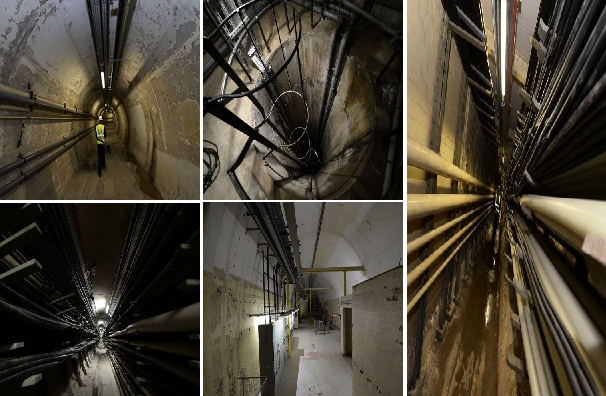1953 – When the growing fear of another incoming war was too much to bear, a network of Cold War tunnels was constructed beneath the British city of Birmingham.
It was a time when the impending threat for nuclear war hung malevolently heavy in the air with rising tension between the US and Russia. Added to that was the Suez canal crises seething over Egypt. And the people of Britain grew more fearful that a coming war was long coming.
Acting upon these fears, a subterranean chain of Cold War tunnels were made inside Birmingham, bunkers strong enough to hold out against nuclear bomb explosions.
One man who had been part of the Cold War bunkers’ construction, now 80-year-old Patrick Coyne, spoke out about how the system came to life some 6 decades ago.
Mr. Coyne worked in these Cold War bunkers’ construction for four years. These Cold War tunnels snake through underneath the city of Birmingham and would a nuclear strike had ensued, these would have kept the place running.
Originally a Galway, Ireland native, Mr. Coyne moved to Birmingham to look for work. Who would have known he would end up working in Birmingham’s top secret location?
For the first time, Mr. Coyne spoke about his experiences building the Cold War tunnels.
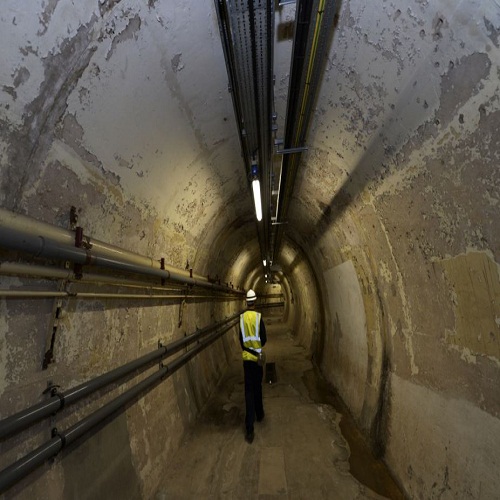
Chain of Cold War Tunnels Out: According to Mr. Coyne, it took over 60 men working 12-hour shifts to complete the series of bunkers underneath Birmingham. The project started in 1953. It is planned to house Britain’s telecommunications network as well as stand as the command post for the regional government if a Cold War atom bomb campaign did occur.
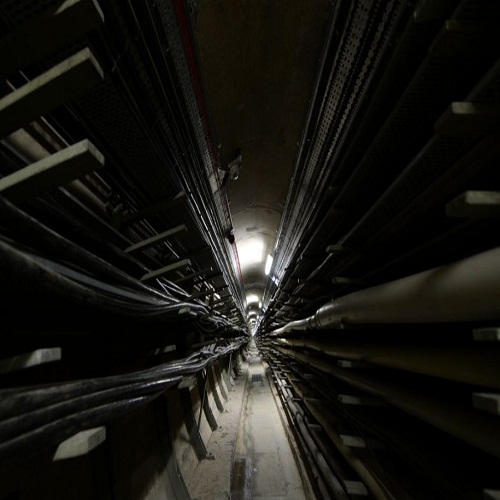
“Shh, Shh” Project: Mr. Coyne revealed that the Cold War bunkers’ workers did not know the purpose of the tunnels they were building and were not allowed to tell anyone about it, even their immediate families.
“But then they started moving a lot of equipment in and we realized it was a nuclear shelter. People were nervous and weapons were being stockpiled. When they were being constructed, the public was informed it was a new underground rail network, which had eventually been shelved,” he added.
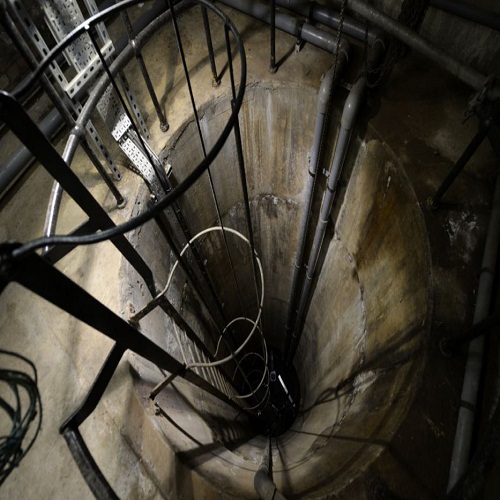
Run! Run!: The 80-year-old former worker of the Cold War tunnels said that a ‘three-minute warning’ is established to give MPs and Councillors chance to run from the Council House to the safety of the bunkers. The tunnels were built some 150 feet underneath the city’s land surface. Six workers had to be lowered to hidden shafts while in a bucket attached to a crane to gain access. Birmingham holds no local records about the construction and only when the project was declassified were reporters allowed inside.
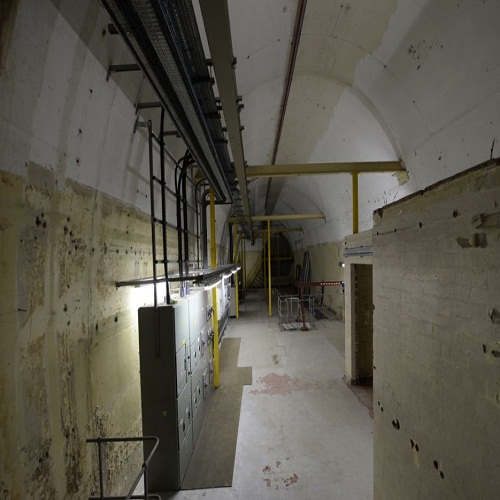
The Survival of the British Telephone Exchange: Yes, the Cold War tunnels’ one purpose was that – to keep the Telephone Exchange going for a few months in the event of the nuclear strike. Behind one of the steel blast doors within the tunnel lies spacious concrete areas that would have contained equally huge generators as well as equipment that would provide water, fresh air and power to make this possible. The tunnels even contained telecommunications machines though most are obsolete due to the technological innovations that rose in the 1970s and the 1980s.
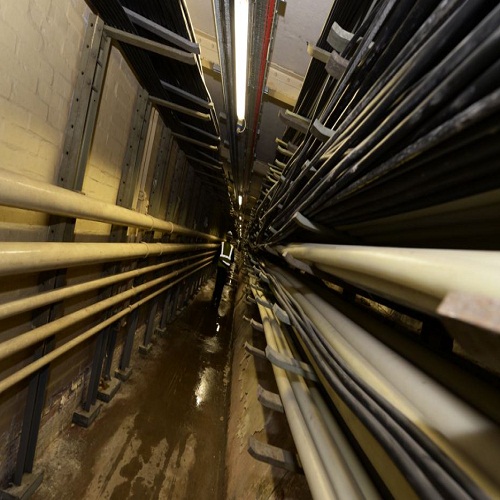
Sensitive Work: The work within the tunnels was a very sensitive matter. One time, Mr. Coyne brought a friend who would be working in the site to see one of the hidden shafts and he had to answer to the police about it. Good thing the authorities believed his and his friend’s explanation. Due to the sensitive nature of their work also, the workers who get in at the start of the day were never let out until after they finish of their shifts at night. The tunnels even had an underground canteen to cater to the workers’ food needs though to Mr. Coyne’s recollection, it only served one kind of soup all throughout.
“we got at the canteen is tomato soup, I cannot stand it now,”he commented.
After working for four years within the tunnels, Mr. Coyne resurfaced for good. He went on to become a welding engineer in Yorkshire Imperial Metals or IMI for 38 years. And for the past 18 years (until now), Mr. Coyne with his wife work part-time helping in the maintenance of Abbey Hotel, Smethwick.
